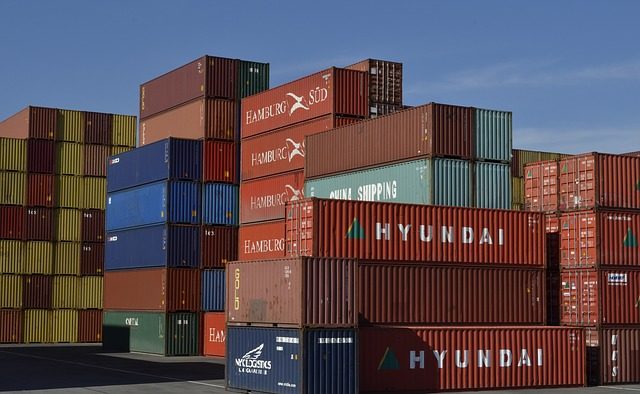UK ports suffer post-Brexit logjams
Container Availability Index shows supply chain congestion is worsening at British ports as terminals struggle to clear an excess of containers, echoing worldwide supply chain slowdowns.

Pandemic-induced supply chain slowdowns have been exacerbated by post-Brexit disruptions across the United Kingdom, according to shipping container availability data from Container xChange, released Monday.
Container xChange is an online platform for leasing and trading shipping containers; its Container Availability Index (CAx) measures container availability at ports around the world. The company’s most recent data show that congestion has worsened at ports in the United Kingdom since January 1, when the country left the European Union and began trading under post-Brexit customs and regulatory policies. Data from the Port of Felixstowe, the largest container port in the UK, as well as the ports of Southampton and Liverpool reveal increasing levels of excess containers as shipping companies and terminal operators struggle to deal with more complex trading regulations.
In Felixstowe, for example, the average CAx for a 40-foot container is 0.95, up from 0.79 last year. The CAx for a 20-foot container has grown from an average of 0.78 in 2020 to 0.90 this year. A CAx of 0.5 indicates a balanced market; a reading below 0.5 indicates a shortage of containers and a reading above 0.5 indicates an excess of containers, according to Container xChange.
“The UK’s leading gateway terminals for container traffic suffered congestion for much of 2020, prompting carriers to cut some calls and ship cargo in from European hubs via the Channel Tunnel, ferry services, and feeder services instead,” Dr. Johannes Schlingmeier, CEO of Container xChange, said in a statement. “Based on the build-up of containers at ports in 2021, it seems the situation has further deteriorated. We are now seeing critical levels of boxes building up at Southampton and Felixstowe. Post-Brexit cross-Channel shipments are more complicated under dual-customs regimes and this could be a factor in logistics bottlenecks.”
Container availability is better balanced elsewhere in Europe, the company also reported. At the Port of Rotterdam, in the Netherlands, the CAx average reading for a 40-foot container so far this year is 0.51, compared to an average of 0.40 in 2020. At Antwerp, shortages have been a problem, with an average reading for a 40-foot container of 0.21 in 2020 improving to a more balanced 0.41 this year. Similarly, at Hamburg, the average CAx reading for a 40-foot container in 2020 was 0.27 “suggesting critical shortages,” according to Container xChange. This year the average reading has improved to 0.49.
The data echo reports from earlier this year indicating growing supply chain backups in the United States. On March 2, researchers for the U.S. Logistics Manager’s Index (LMI) pointed to congestion at U.S. ports as an ongoing problem likely to accelerate as government stimulus spending boosts consumer and industrial activity in the months ahead. And in February, officials at the Port of Oakland said January cargo volume was down due to supply chain congestion along the West Coast. They said congestion at the state’s Southern ports was causing delays of up to a week for Oakland arrivals.
Related Articles
Copyright ©2024. All Rights ReservedDesign, CMS, Hosting & Web Development :: ePublishing